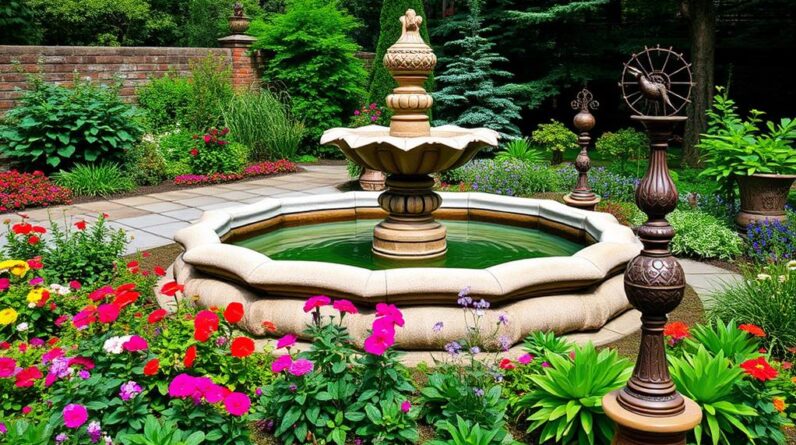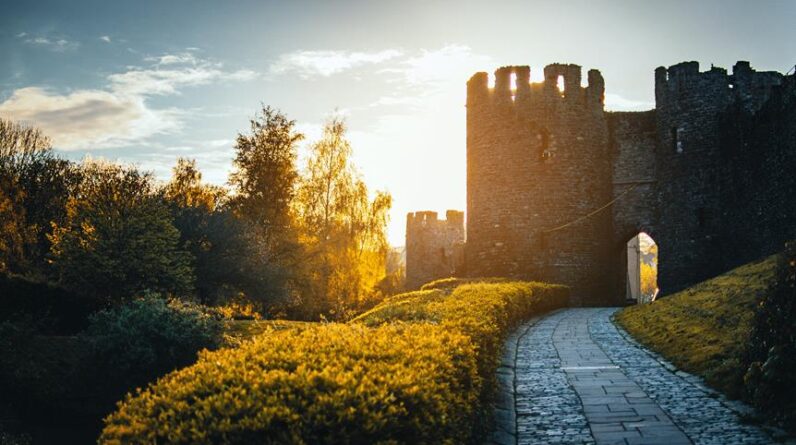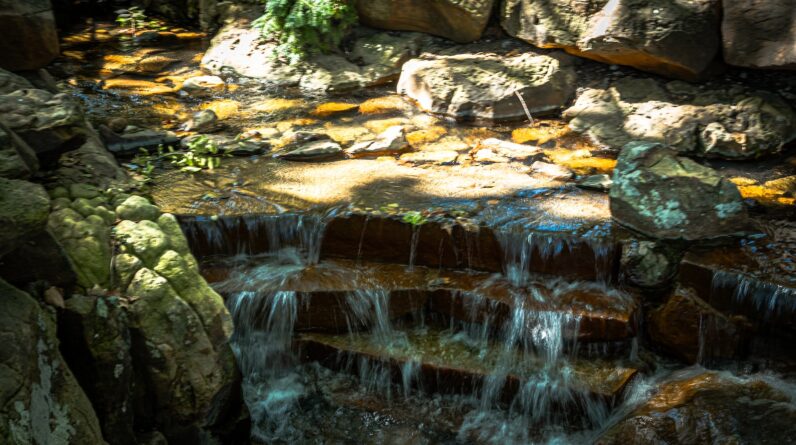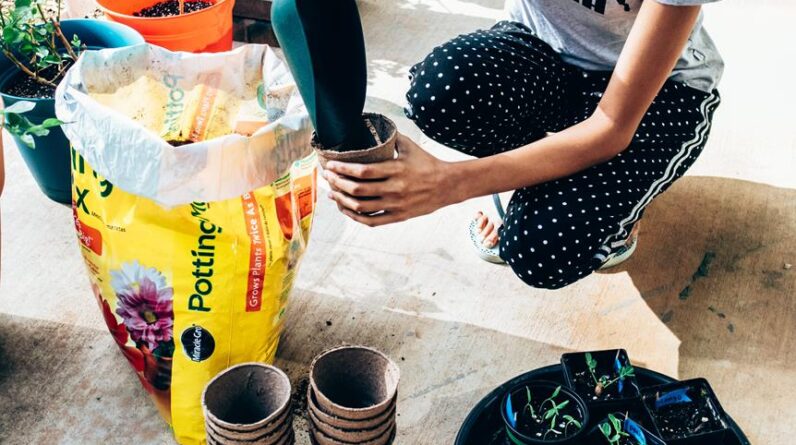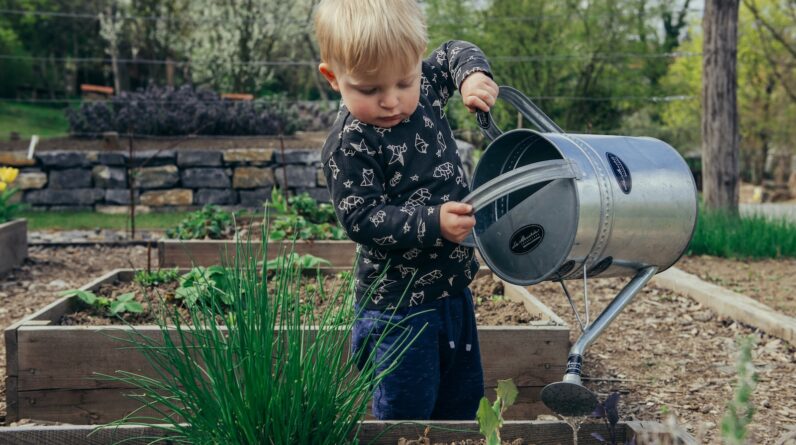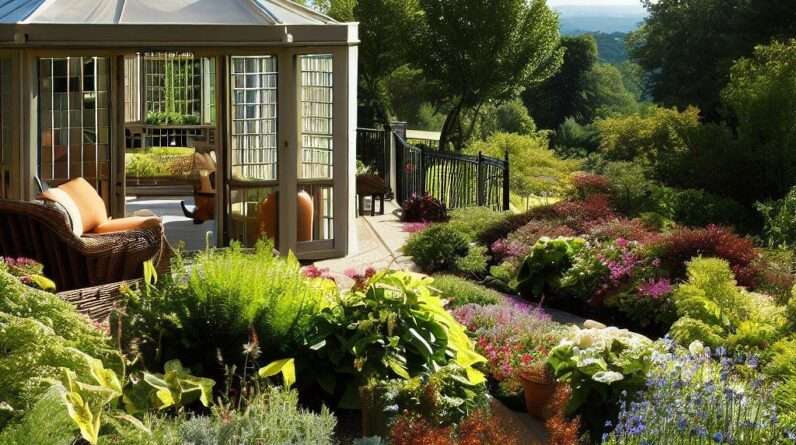
Landscape screening and zoning are critical elements to consider when designing a garden.
Screening and zoning can provide both form and structure to a garden, while also allowing the gardener to create distinct areas with different functions.
This article will discuss why screening and zoning is so important when landscaping a garden.
In today’s world, many of us are looking for ways to make our gardens stand out from the rest.
By understanding the importance of screening and zoning in landscape design, we can create unique spaces that combine beauty with functionality.
We’ll look at how this technique can help you transform your garden into something extraordinary!
Creating Secluded Areas
Creating a secluded area in your garden is one of the best ways to create a peaceful, relaxing atmosphere.
In fact, there is a lot of research that suggests that people feel happier in their yard when there are different “zones” adding either purpose or privacy.
Segregating your garden with natural boundaries and using plants to create ambience is a great idea. Walls and fences are sometimes needed at boundaries but to create zones and areas within a garden, natural ways are the best.
Natural barriers such as hedging and shrubbery help to enhance privacy while allowing light into the space.
With the right amount of foliage and the right positioning, you’ll be able to keep prying eyes out while still maintaining an airy environment – perfect for unwinding after a long day!
Moreover, you can use climbing plants or trellises to add height to your boundaries without sacrificing on aesthetics.
Enhancing Privacy
When it comes to landscaping a garden, screening and zoning is an important consideration to ensure that privacy, shade, and security are maximized. Here’s how you can use these elements to your advantage:
- Maximizing Shade: Strategically planting trees and other foliage around the perimeter of the garden can help keep it cool during summer months while also providing privacy from prying eyes.
- Enhancing Security: Adding fencing or walls around the garden’s perimeter can help keep unwanted visitors out and provide a boundary for pets.
- Planting for Privacy: Hedges, shrubs, and tall grasses can be planted in strategic spots around the garden to provide extra privacy from neighbors or passersby.
- Defining Zones: Implementing a zoning system in your garden can help separate different areas of the yard for different activities or lifestyles such as play zones, relaxation zones, etc., which will give each part of your garden its own unique character and purpose.
These techniques not only help create a more private environment but they also add visual interest and texture to the landscape while helping to define boundaries within the space.
With this in mind, it’s time to move on to increasing curb appeal!
Increasing Curb Appeal
Screening and zoning a garden is an essential part of landscaping, as it helps to increase curb appeal and maintain privacy. As a landscaper or consultant, one must have the foresight to plan well in advance when designing a garden. It’s like putting the pieces of a puzzle together—you have to think ahead and consider all the necessary elements.
To help you get started, here is a table that outlines some key considerations for choosing plants and planning your layout:
| Choosing Plants | Planning Layout |
|---|---|
| Variety | Design |
| Color | Material |
| Size | Shape |
| Hardiness | Pattern |
| Sun Requirements | Scale |
When screening and zoning is done correctly, it can make all the difference in transforming an ordinary garden into an extraordinary one! With thoughtful selection of plants, careful consideration of design elements, and attention to detail—the possibilities are endless. Plus, there’s nothing better than seeing the transformation take place right before your eyes. It truly makes for an amazing experience! And with that in mind, let’s move on to creating a focal point in our garden….
Creating A Focal Point
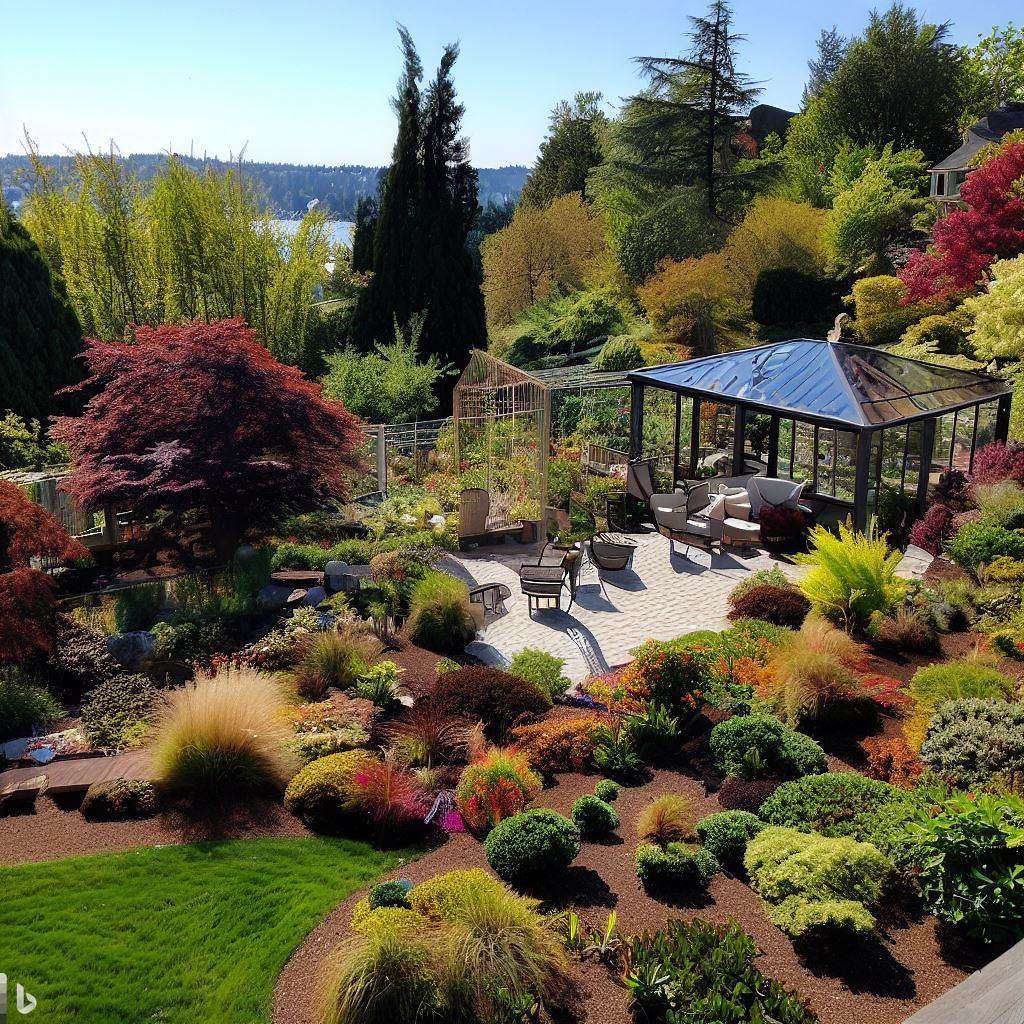
When landscaping a garden, it is important to screen and zone the area in order to create a focal point. This allows you to customize your space while providing structure, texture, and colour.
Here are some of the ways that you can create texture and add colour when creating a focal point:
- Choose plants that have different shapes and sizes
- Add rocks, mulch, or other hardscape elements
- Incorporate outdoor furniture or art pieces into the landscape design
- Use water features such as fountains or ponds for an extra decorative touch.
These tactics can help you to create an attractive and personalized focal point in your garden.
When done correctly, this will be the highlight of your outdoor living space and draw the eye towards it.
To tie all of this together, it is important to define spaces with different functions to ensure the overall look of your garden is cohesive and aesthetically pleasing.
Defining Spaces With Different Functions
Just as the focal point is the star of the show, zoning and screening are its loyal sidekicks. They work together to define different parts of the garden, bringing a sense of order and purpose to it.
Zoning can be achieved by using hardscaping elements such as pathways, walls, steps, or even outdoor furniture. This division helps to create separate spaces for different functions – whether that’s a play area for kids or a relaxing spot for adults.
Screening can also be used to create privacy and help the garden transition through seasonal changes. Use trees and shrubs to separate one area from another while adding texture and color with plants like flowers and herbs.
Screening helps you achieve an immersive experience in your garden – giving you a little slice of paradise right in your own backyard!
Conclusion
Creating the perfect garden can be a daunting task. But by using the proper techniques of screening and zoning, you can create a beautiful outdoor space that will inspire envy in your neighbors.
Screening and zoning are important tools to help define your outdoor spaces, increase privacy and make your garden stand out from the rest. With thoughtful planning and creative use of plants, you can transform your garden into an oasis that will provide years of enjoyment for friends and family alike.
With a little imagination and effort, you can turn any backyard into a haven of beauty and serenity.






